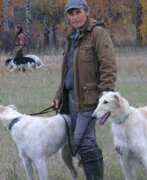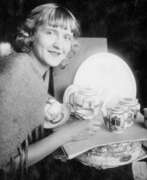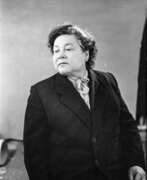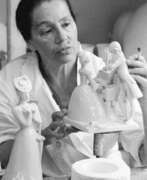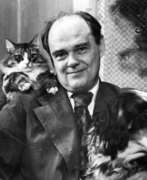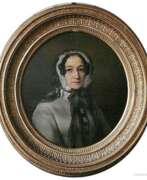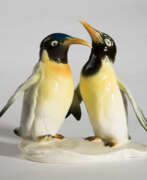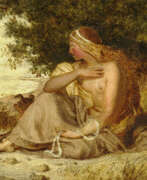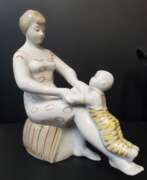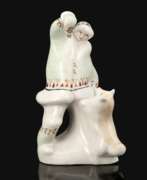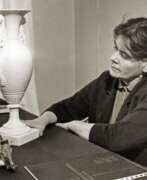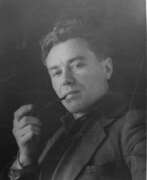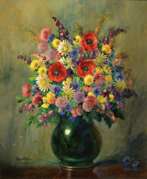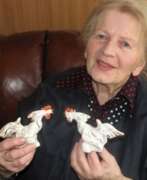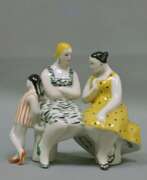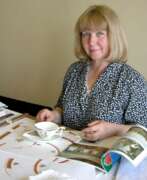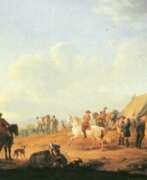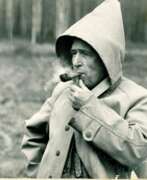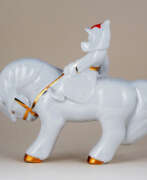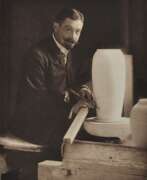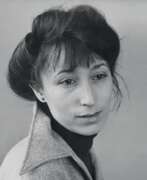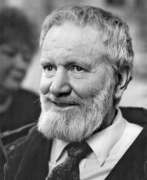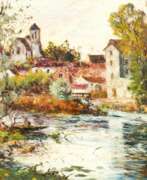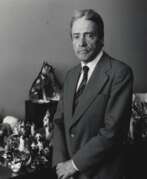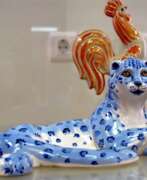Porcelain painters Animalistic
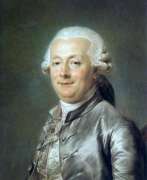

Jean-Jacques Bachelier was a French painter and innovator of porcelain and a member of the Royal Academy of Painting and Sculpture.
Originally a still-life painter, he later became world-renowned for his significant contributions to applied art. In 1765, Bachelier founded an art and crafts school in Paris with his own funds. He was in charge of the painters at the porcelain manufactory in Vincennes, where figures were produced from unglazed porcelain - biscuit. For many years Bachelier was the Director of Sevres porcelain manufactory and in fact became the creator of the Sevres style.
Bachelier also conducted research on encaustic painting (a painting technique in which the binding substance of paints is wax) and published works on art education.


Joseph Birbeck I was a renowned English ceramic painter born in 1862. He was known for his exquisite work on bone china and porcelain, especially with designs that feature intricate fish, game birds, and landscapes. Birbeck's career highlights include his contributions to Royal Doulton and other renowned potteries in Staffordshire, England.
His artistry is well-regarded, with various hand-painted works sold at auction and featured in private collections. Some of his notable pieces include Royal Doulton bone china fish plates made for Tiffany & Co., New York, often hand-painted with intricate fish designs and signed "J. Birbeck, Sen."
Several works by Birbeck are highly valued by collectors and are found in prestigious auction houses and antiques marketplaces. If you're interested in collecting his works or learning more about them, you can find a range of his pieces, such as ornithological cabinet plates and decorative vases, at various auctions and antique dealers.
For those interested in exploring the art and history of Joseph Birbeck I, there are numerous platforms where you can track his pieces and find upcoming sales. Consider signing up for updates on upcoming sales and auction events focused on Birbeck's art. This subscription will keep you informed about new product releases, exclusive collectible items, and related news in the field of art and antiques.
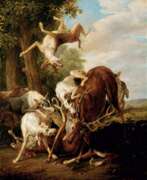

Jean-Charles Develly is a French designer and artist. He is particularly famous for his paintings on porcelain while working at the Sèvres factory. Jean-Charles Develly worked at the Porcelain Manufactory in Sevres from September 1813 to 1847 and became one of the most famous artists of this establishment.
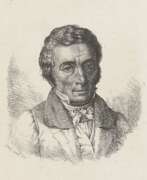

Frédéric Théodore Faber was a Belgian landscape and genre painter. He established at Brussels a china manufactory, and abandoned painting on canvas for painting on porcelain. He also etched upwards of a hundred plates of landscapes and animals, some after his own designs.
A significant set of pieces painted by this virtuoso is exhibited at the Museum of Decorative Arts François Duesberg.
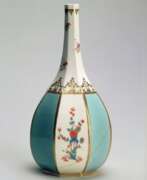

Johann Gregor Höroldt was a German porcelain artist who developed the Meissen porcelain style. Höroldt was trained as a miniature and enamel painter.
Between 1719 and 1720 he worked at the porcelain manufactory in Vienna, recently founded by Du Pacquier, and then moved to Meissen and began his collaboration with the Meissen Porcelain Manufactory. In 1724 he was appointed court painter. In 1731, Höroldt became an arcanist (a chemist, a key figure in porcelain production), and was simultaneously appointed head of the entire painting department and court commissioner.
Höroldt influenced virtually all European porcelain and faience manufactories. He specialized in the fashionable and popular chinoiserie design, but also introduced European landscapes, harbor and battle scenes, still lifes, and bird images as porcelain decoration.
The artist also significantly expanded the palette of colors used in Meissen: in the early XVIII century. was available only five paints for glaze, and Höroldt by 1731 increased the palette to 16 colors. He attached great importance and the original form for porcelain, trying to make it different from the usual dishes.
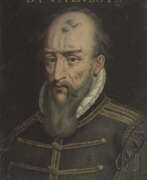

Bernard Palissy was a French natural scientist, painter, ceramicist and sculptor, geologist and writer of the French Renaissance.
Born into a family of artisans, Palissy apprenticed with his father as a glass artist and traveled throughout southwestern France comprehending pottery and studying geology. Today he is best known for his amazing lead-glazed pottery with images of various animals and people. After seeing a white glazed cup, probably of Chinese porcelain, in the 1540s, he set out to learn the secrets of its manufacture. His early research is described in De l'art de la terre. Although Palissy never succeeded in reproducing what he saw, his experiments gave him a thorough knowledge of the chemical compositions of minerals.
From 1575 in Paris, Palissy gave public lectures on natural history, which were published as Discours admirables (1580). In this treatise, Bernard Palissy touches on an incredibly wide range of subjects, from the techniques of ceramics, metallurgy and chemistry to hydrology, geology and fossils. He correctly identified fossils as the remains of ancient life. This work reveals him as a writer and scientist, a creator of modern agronomy and a pioneer of the experimental method, with scientific views generally more advanced than those of his contemporaries.


Georgius Jacobus Johannes van Os was a 19th-century painter from the Northern Netherlands. He was a son and pupil of the painters Jan van Os and Susanna de la Croix, and a brother of the painters Pieter van Os and Maria Margaretha van Os. In 1809 he won the first prize of the Society Felix Meritis in Amsterdam for a still life in which genre he later specialized. In 1822 he moved to Paris, where he worked for the Sèvres porcelain factory. He painted landscapes, but was, like his father, best known as a painter of flowers. Starting in the 1830s he spent his summers in Haarlem, where he continued working on flower illustrations for the "Flora Batava" edited by Jan Kops. He is not to be confused with the son of his brother Pieter, also a painter called Georgius Jacobus Johannes van Os, but who lived from 1805-1841 and continued the family painting tradition.
